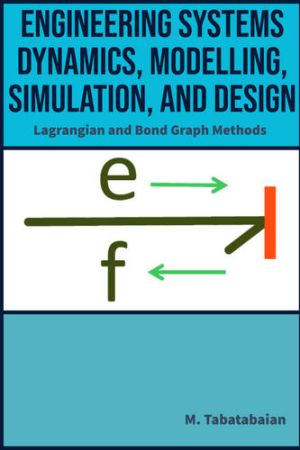Blended Wing Passenger Plane to Cut Fuel Consumption by 50 Percent, Launching by 2030
A novel passenger jet featuring a blended wing design is expected to launch by 2030. This new aircraft promises a 50 percent reduction in fuel consumption and reduced noise. The design integrates the wings seamlessly into the fuselage, allowing for higher lift-to-drag ratios and lower drag. It will also be compatible with sustainable fuels, including hydrogen, with the long-term goal of zero emissions. JetZero and Siemens are collaborating on its development, with testing expected to begin by 2027

A new passenger plane design featuring a revolutionary "blended wing" structure is set to take flight within the next five years, marking a significant departure from conventional aircraft designs. Developed to integrate the wings with the fuselage into a seamless, unified shape, the aircraft is anticipated to slash fuel consumption by half and significantly lower noise levels. These advancements are poised to reshape commercial aviation by aligning with sustainability goals and addressing environmental concerns.
Innovative Design with Historical Roots
According to reports by Live Science, the concept of a blended-wing aircraft, first proposed by Russian pilot Nicolas Woevodsky over a century ago, has predominantly been associated with military applications. Unlike traditional passenger planes, which feature a long tubular body with wings attached, the blended-wing design combines the fuselage and wings into a single, flat structure. This integration enhances the lift-to-drag ratio, reduces weight and drag, and allows for smaller engines.
Sustainable Fuel Compatibility
Reports indicate that the upcoming aircraft, developed by JetZero, will accommodate up to 250 passengers with a range of 9,250 kilometres. Designed for compatibility with sustainable aviation fuels, the plane will also support hydrogen fuel with the ultimate aim of achieving zero emissions.
Accelerated Development Timeline
The manufacturing of this futuristic aircraft, which is being undertaken in partnership with Siemens, is expected to benefit from digital twinning technology. This involves creating an exact virtual replica of the aircraft to optimise design and manufacturing processes. As reported by Live Science, Tom O'Leary, co-founder and CEO of JetZero, highlighted during CES 2025 that artificial intelligence integrated into the digital twin system would help identify potential improvements.
Ongoing Development Efforts
Reports confirm that JetZero plans to begin testing the prototype by 2027, though the factories required for production are still under development. Agreements with suppliers for key components have already been signed, and JetZero engineers are also collaborating on a U.S. Air Force project involving a similar design.












)

























































